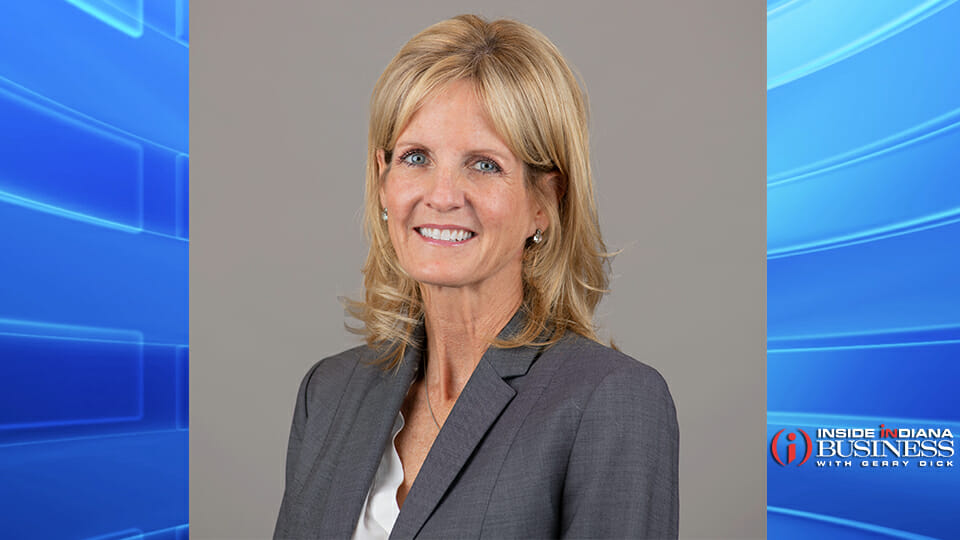Rising interest rates: Impact on finances
Subscriber Benefit
As a subscriber you can listen to articles at work, in the car, or while you work out. Subscribe Now
When the Federal Reserve raises interest rates, why does your credit card interest rate increase more than the interest you earn on cash in the bank? Why do mortgage rates vary daily, but rates on other personal loans fluctuate less frequently?
The interest rate you pay or earn depends on the benchmark interest rate that is applied. However, generally speaking, most interest rates are sensitive to the rate set by the Federal Reserve.
Common Interest Rate Indicators
Federal Funds Rate: currently 5.07%
- This is the key interest rate benchmark that is set by the Federal Reserve and is the lending rate used for overnight borrowing between banks, savings & loans, and credit unions. It’s also used by banks to determine how much individuals and companies pay to borrow and how much they earn on savings.
U.S. Prime Rate: currently 8.25%
- This is the benchmark rate financial institutions use for loan products – credit cards, home equity lines of credit, and other variable rate loans. According to Bankrate.com, the prime rate is typically 3 percent higher than the federal funds rate. (The highest prime rate over the past 20 years was 21.5% in December 1980.)
Treasury Rate: 10-year Treasury ~3.8%
- The treasury rate is the yield one can expect to earn when investing in a government debt obligation. The interest rate on treasury and government bonds will vary based on the length of the bond’s term, which can range from one to 30 years. The 10-year Treasury note is an economic indicator of consumer confidence and is often used as the basis for setting interest rates on longer-term fixed loans.
SOFR (Secured Overnight Financing Rate): currently ~5%
- The SOFR, which replaced LIBOR (London Interbank Offered Rate), is used as a benchmark for some variable rate loans (aka adjustable rate or floating rate).
How These Rates Affect Us
The various interest rate indicators noted above are used to determine the interest rate charged or paid by financial institutions on various loan or deposit instruments. Here are a few examples.
Mortgage rates are mostly determined by Treasury yields (fixed rate loan) or SOFR (adjustable rate loan). These rates are affected by the federal funds rate, but not directly. Mortgage interest rates are often one to two percent higher than the benchmark index for the loan. The rate that you may get for a mortgage is also based on other factors, including, but not limited to, the term of the loan, whether the rate is fixed or adjustable, your credit score, and other debt obligations that you may have.
Home equity line of credit (HELOC) follows the prime rate. The HELOC rate is variable with the prime rate and can be equal to, higher, or lower than it based on your credit score, the lender, and other loan terms. When the prime rate adjusts, so will the interest you pay on your HELOC balance.
Auto loan interest rates are also based on prime, which increases when the Federal Reserve raises rates. Once the loan is in force, the rate will remain fixed until paid-off. As with mortgages and HELOCs, your rate will also depend on credit history, the loan term, etc.
Federal student loan rates are set each May based on the highest yield 10-year Treasury rate, plus a marginal amount of interest. The new rate takes effect in July each year for new applicants. The rate will not vary based on borrower’s credit history or score.
Private student loan rates are based on SOFR and are offered by banks, credit unions, and online lenders. Interest rates are determined by the lender and the borrower’s (or co-signor’s) financial history. Both fixed and variable-rate loans are available.
Credit card interest rates are determined by the issuer, which uses the federal funds rate as a benchmark. Because the issuer takes on substantial risk (debt is unsecured, only minimum monthly payment required, no set term for “pay-off”), the interest rate is higher than other loans, particularly for individuals with low credit scores and poor payment history. The average rate today is between 20 and 30 percent, depending on these factors.
Certificates of Deposit (CDs) rates are based on the federal funds rate. Once the CD is purchased, the rate is locked for the duration of the CD term. Typically, the longer the term, the higher the interest rate. The duration of CDs most often vary from 3 months up to 5 years.
Money market rates are variable, falling in step with the federal funds rate. The interest rate will vary by institution, and some may pay a higher rate on accounts with larger balances.
Summary
Rising interest rates over the past 18 months have put considerable pressure on markets. However, remember that even though the cost to borrow has increased, we are finally earning some interest on our cash. Hopefully, 2024 will bring us more stability!
Kathy Hower, CFP, is a Senior Wealth Advisor with Bedel Financial Consulting, Inc., a wealth management firm located in Indianapolis. For more information, visit their website at www.bedelfinancial.com or email Kathy at khower@bedelfinancial.com.
